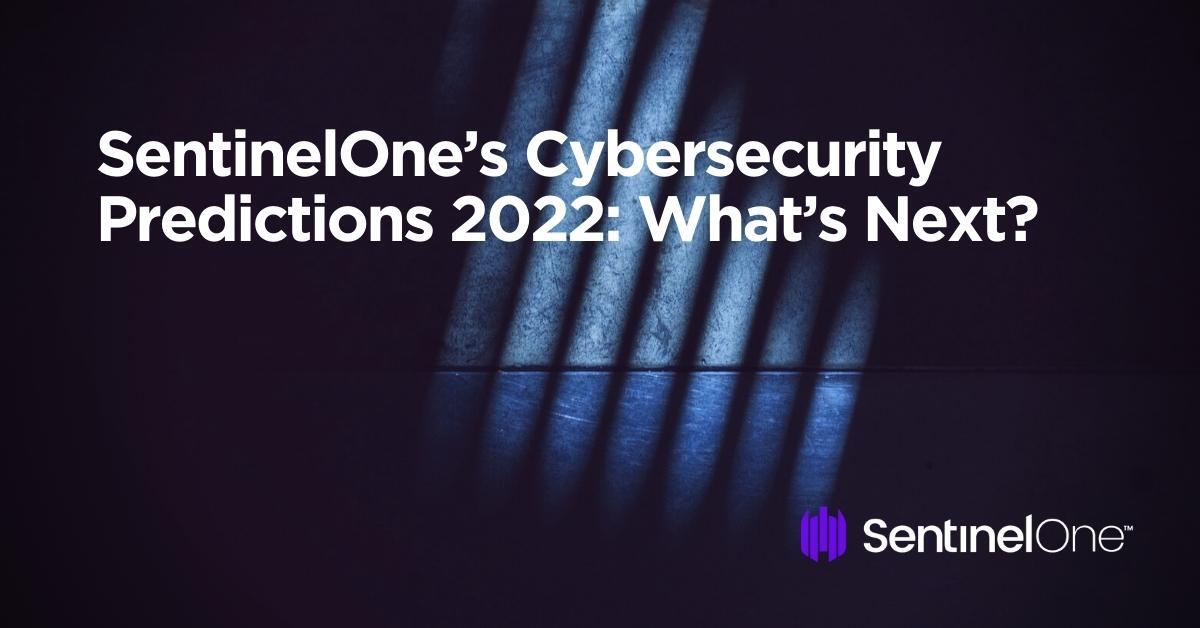Maintain security with professional cybersecurity and privacy advisory services.
Wiki Article
The Following Frontier: Insightful Cybersecurity Predictions for the Coming Year
As we come close to the new year, the cybersecurity landscape gets on the verge of notable improvement. Key variables such as the combination of innovative AI innovations, the inevitable increase of innovative ransomware, and the tightening up of information privacy guidelines are shaping the future of digital protection. The ongoing occurrence of remote work continues to reveal new vulnerabilities that companies should browse. Comprehending these characteristics is vital for preparing for the challenges in advance and strategically fortifying defenses, yet the effects of these adjustments stay to be fully discovered.Rise of AI in Cybersecurity
In the rapidly evolving landscape of cybersecurity, the assimilation of artificial knowledge (AI) is emerging as an essential force in boosting threat discovery and reaction capacities. AI innovations, such as artificial intelligence formulas and deep learning models, are being increasingly deployed to examine large quantities of information and determine patterns a measure of safety and security threats. Deepfake Social Engineering Attacks. This makes it possible for companies to proactively address susceptabilities prior to they can be made use ofThe surge of AI in cybersecurity is especially significant in its ability to automate routine tasks, allowing human analysts to concentrate on even more complex safety concerns. By leveraging AI, cybersecurity teams can lower feedback times and improve the accuracy of risk evaluations. Moreover, AI systems can adapt and find out from brand-new risks, continually fine-tuning their discovery systems to remain ahead of malicious stars.
As cyber threats end up being more advanced, the demand for advanced options will certainly drive further investment in AI technologies. This fad will likely result in the advancement of boosted safety and security devices that incorporate predictive analytics and real-time tracking, inevitably fortifying organizational defenses. The shift in the direction of AI-powered cybersecurity solutions represents not simply a technical change but an essential adjustment in exactly how companies approach their safety and security approaches.
Increase in Ransomware Assaults
Ransomware strikes have ended up being a common hazard in the cybersecurity landscape, targeting companies of all sizes and throughout different sectors. As we progress right into the coming year, it is prepared for that these attacks will not only enhance in frequency yet also in class. Cybercriminals are leveraging advanced techniques, consisting of making use of expert system and artificial intelligence, to bypass typical safety and security procedures and exploit vulnerabilities within systems.The rise of ransomware strikes can be credited to several elements, consisting of the surge of remote work and the growing dependence on electronic solutions. Organizations are commonly not really prepared for the progressing hazard landscape, leaving crucial facilities vulnerable to breaches. The financial implications of ransomware are shocking, with business encountering hefty ransom money needs and possible lasting functional interruptions.
Additionally, the pattern of double extortion-- where attackers not only secure data but also intimidate to leak sensitive information-- has acquired traction, additionally pushing sufferers to abide with needs. Consequently, organizations need to prioritize robust cybersecurity measures, consisting of routine backups, staff member training, and case action planning, to alleviate the risks connected with ransomware. Failure to do so might lead to ravaging consequences in the year in advance.
Advancement of Information Personal Privacy Laws
The landscape of information privacy guidelines is undergoing considerable makeover as governments and companies react to the boosting concerns bordering personal data security. Over the last few years, the execution of extensive structures, such as the General Information check this site out Defense Regulation (GDPR) in Europe and the California Consumer Personal Privacy Act (CCPA) in the USA, has actually set a precedent for more stringent privacy laws. These guidelines highlight customers' civil liberties to control their data, mandating transparency and responsibility from companies that gather and refine individual details.
Additionally, organizations will certainly require to improve their conformity strategies, buying sophisticated technologies and training to protect delicate details. The advancement of data privacy laws will not only impact just how organizations run yet also shape customer expectations, fostering a society of trust fund and protection in the digital landscape.
Development of Remote Work Vulnerabilities
As organizations remain to embrace remote job, susceptabilities in cybersecurity have actually progressively concerned the leading edge. The shift to versatile job arrangements has revealed important voids in safety and security methods, specifically as staff members gain access to here are the findings delicate information from diverse areas and devices. This decentralized work setting develops an increased assault surface area for cybercriminals, who exploit unsafe Wi-Fi networks and personal devices to penetrate corporate systems.
To reduce these susceptabilities, companies must focus on extensive cybersecurity training and apply robust protection frameworks that incorporate remote work situations. This consists of multi-factor authentication, routine system updates, and the facility of clear protocols for information accessibility and sharing. By dealing with these susceptabilities head-on, firms can foster a much safer remote job atmosphere while keeping operational durability in the face navigate to this website of advancing cyber risks.
Advancements in Risk Discovery Technologies


Proactive danger detection has actually become a keystone of contemporary cybersecurity approaches, showing the immediate need to neutralize progressively innovative cyber hazards. As organizations encounter an evolving landscape of vulnerabilities, innovations in threat detection modern technologies are vital in mitigating dangers and boosting security stances.
One noteworthy fad is the combination of expert system and device understanding into hazard discovery systems. These technologies allow the evaluation of substantial amounts of data in genuine time, enabling for the recognition of abnormalities and potentially malicious activities that might escape traditional safety and security steps. In addition, behavior analytics are being applied to develop baselines for normal user activity, making it easier to detect deviations indicative of a violation.
Furthermore, the increase of automated risk intelligence sharing platforms facilitates collective defense efforts throughout industries. This real-time exchange of details boosts situational understanding and speeds up action times to emerging risks.
As organizations remain to spend in these sophisticated innovations, the effectiveness of cyber defense reaction will substantially enhance, empowering security groups to stay one step in advance of cybercriminals. Eventually, these innovations will certainly play a crucial role in forming the future landscape of cybersecurity.
Final Thought
In summary, the forthcoming year is expected to witness transformative growths in cybersecurity, driven by the combination of AI technologies and a remarkable boost in ransomware strikes. As data personal privacy guidelines become extra rigid, companies will need to boost compliance methods. The ongoing obstacles positioned by remote job vulnerabilities demand the application of durable safety steps and thorough training. In general, these evolving dynamics emphasize the critical significance of adjusting to an ever-changing cybersecurity landscape.Report this wiki page